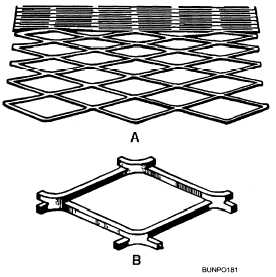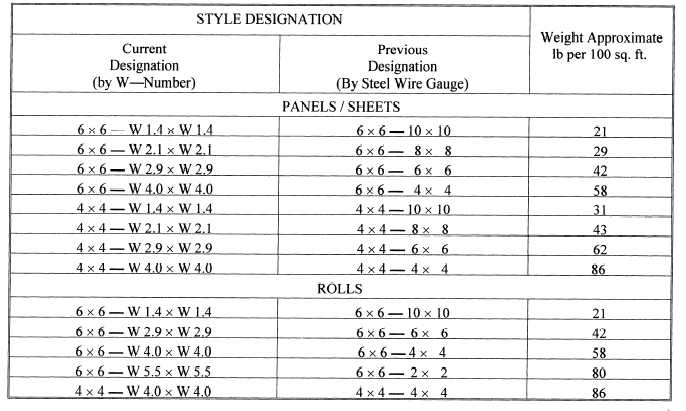
Figure 3-9. - Expanded or diamond mesh steel reinforcement.
fabric, referred to as WWF within the NCF, has various uses in reinforced concrete construction. In building construction, it is most often used for floor slabs on well-compacted ground. Heavier fabric, supplied mainly in flat sheets, is often used in walls and for the primary reinforcement in structural floor slabs. Additional examples of its use include road and runway pavements, box culverts, and small canal linings.
Four numbers are used to designate the style of wire mesh; for example, 6 by 6- 8 by 8 (sometimes written 6 x 6 x 8 x 8 or 6 x 6 - W 2.1 x W 2.1). The first number (in this case, 6) indicates the lengthwise spacing of the wire in inches; the second number (in this case, 6) indicates the crosswise spacing of the wire in inches; the last two numbers (8 by 8) indicate the size of the wire on the Washburn and Moen gauge. More recently the last two numbers are a W number that indicates the size of the cross-sectional area in the wire in hundredths of an inch. (See table 3-9.) WWF is currently available within the Navy stock system using the four-digit system, 6 by 6 - 8 by 8, as of this writing, but if procured through civilian sources, the W system is used.
Light fabric can be supplied in either rolls or flat sheets. Fabric made of wire heavier than W4 should always be furnished in flat sheets. Where WWF must be uniformly flat when placed, fabric furnished in rolls should not be fabricated of wire heavier than W 2.9. Fabricators furnish rolled fabric incomplete rolls only. Stock rolls will contain between 700 to 1,500 square feet of fabric determined by the fabric and the producing location. The unit weight of WWF is
Table 3-9. - Common Stock Sizes of Welded Wire Fabric

